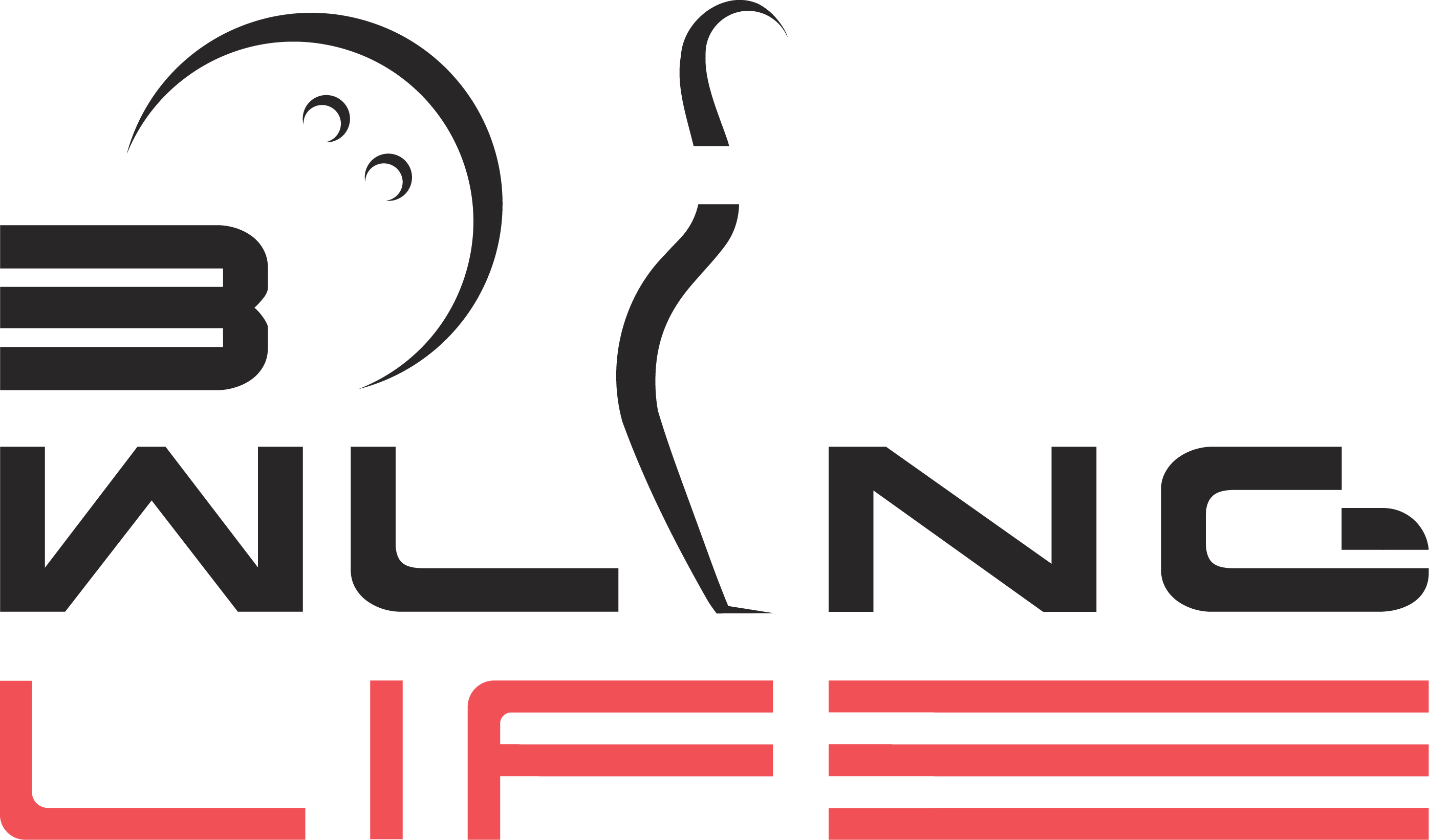Bowling Rev Rate: Understanding, Measuring, and Boosting Your Game
- Mindaugas Matutis
- Apr 3, 2024
- 3 min read

Many bowlers, particularly those at the beginner to intermediate stages, wants to find out their rev rate and its' impact to their bowling game. And with good reason – rev rate is among the most crucial elements defining a bowler's technique and can profoundly affect their overall success in the sport of bowling.
In this article, BowlingLife will lead you through understanding the concept of rev rate, the methods for measuring it, and provide some advice on increasing your rev rate.
What is rev rate in bowling?
The conventional meaning of a revolution (rev) is the rotation of a celestial body on its axis. In the context of bowling, it refers to a bowling ball completing a single rotation around its axis. The rev rate, or revolutions per minute (RPM), is the count of rotations a bowling ball completes in a minute.
Typically, a bowler's average rpm falls around 325, making the range of approximately 300 to 350 rpm's considered average.
How to calculate rev rate in bowling?
Determining your rev rate is not as complicated as it may seem. Follow this straightforward step-by-step guide to count your rev rate:
Tape your ball: Grab a piece of white (or any other contrasting color) tape and stick it in the center of your grip and smooth it out to the right (left for left-handers).
Record Your Bowl: Begin by capturing a video of your bowling shot directly from behind. Make sure the entire trajectory of the bowling ball, from release to pin impact, is clearly visible in the recording.
Count The Revolutions: Watch the video and count how many times the ball rotates from the moment it leaves your hand until it reaches the pins. The tape will help you to count better.
Measure The Time: Use a stopwatch to measure the time it takes for the ball to travel from the release point to the pins (or just youse your camera time to identify the time difference between the moment when bowling bowling ball left your hand and the moment it hit the pins).
Calculate The Rev Rate: Now, convert the number of revolutions and the time into RPM (Revolutions Per Minute). Divide number of revs by measured time and multiply it by 60. Use the following formula: RPM = Number of Revs / Time (in seconds) * 60
How to increase bowling rev rate?
Elevating your rev rate is crucial for enhancing your bowling performance. Utilizing the following tips and techniques can assist you in attaining a greater rev rate, ultimately leading to improved success in scoring strikes and spares.
Wrist motion: Practice the modern load/unload release, even without a bowling ball. You can use everyday objects (for example Americal football ball) or specialized release training tools to perfect the timing of cupping and uncupping the wrist.
Timing: Achieving a straight swing and impeccable timing contributes to an optimal body position, maximizing the efficiency of your release.
Assess your grip: For a contemporary release, consider incorporating more forward pitch in the thumb and additional reverse pitch in the fingers. This adjustment helps keep the hand relaxed, enabling quicker movement during the release.
Practice: Boosting your rev rate requires consistent practice. Achieving a higher rev rate is a gradual process. Regular practice, coupled with refining your techniques, remains the most reliable approach to increasing your rev rate. Whether you're practicing at your local bowling center or enrolling in coaching sessions, staying committed to improvement is key. Regular practice sessions will contribute to a more reliable and enhanced rev rate over time.
We hope that this article has been informative in explaining the fundamentals of rev rate and its calculation. Regarding rev rate improvement, exercise patience and refrain from expecting immediate success. Keep refining your skills, and you'll inevitably observe improvements in your overall game.





